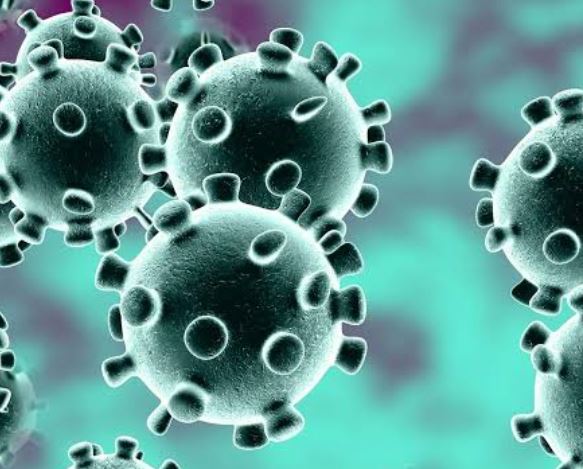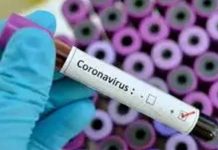 Coronavirus cases in India has risen to 17,265 with 543 deaths. There are 14,175 active cases while 2,546 have been cured/discharged, Health Ministry said on Monday.
Coronavirus cases in India has risen to 17,265 with 543 deaths. There are 14,175 active cases while 2,546 have been cured/discharged, Health Ministry said on Monday.
Maharashtra has highest COVID-19 cases – 4,203, followed by Delhi – 2,003, Gujarat – 1,743, Rajasthan – 1,478 and Tamil Nadu – 1,477.
According to the official release, a high-level Task Force has been formed to work on the frontiers of science related to drug testing and vaccines. This task force is co-chaired by Member (Health), NITI Aayog and Principal Scientific Advisor to the. Prime Minister.
This Task Force will expedite coordination of work done by all Ministries on the issue related to vaccine development. This will further enable to speed up the research work carried out through international efforts by academia & research institutions. Also, Dept of Biotechnology has been a nodal agency for vaccine development. Their efforts will be focussed towards identifying pathways for vaccine development. Through the Task Force, the Government will further facilitate, keep track and monitor the progress of national and international efforts in vaccine development. The Task Force will focus on “clinical cohorts” which will focus on long-term follow up of people for having better understanding of disease and management, the statement said.
From today onwards, restrictions will be eased in non-containment areas, but containment areas in HOTSPOT districts will not be given any relaxation. States / UTs may impose further additional measures according to local requirements. The containment zones as per the guidelines of the Health Ministry are mentioned below:
- Hotspots are areas with large COVID-19 outbreaks or clusters with a significant spread.
- Where more cases have been or where the doubling rate of cases is less than 4 days.
Within hotspots, local administration demarcates containment zones and buffer zones to control disease spread.
Within containment zones, activities shall not be permitted within a strict perimeter control except for essential services. For places where selective relaxations are granted, States / UTs / District administrators must ensure that strict compliance of existing lockdown measures is done and preparatory actions as per SOPs related to social distancing are being followed in offices, workplaces, factories and establishments, it said.
As this is a rolling criteria if cases come to some places, then these places can also become part of the red zone and containment zone. For the containment zones, they should strictly implement lockdown measures so they can gradually return to normalcy. Relaxation areas also have to follow and adhere to all SOPs of social distancing to ensure that all preparatory actions are being undertaken, it added.











